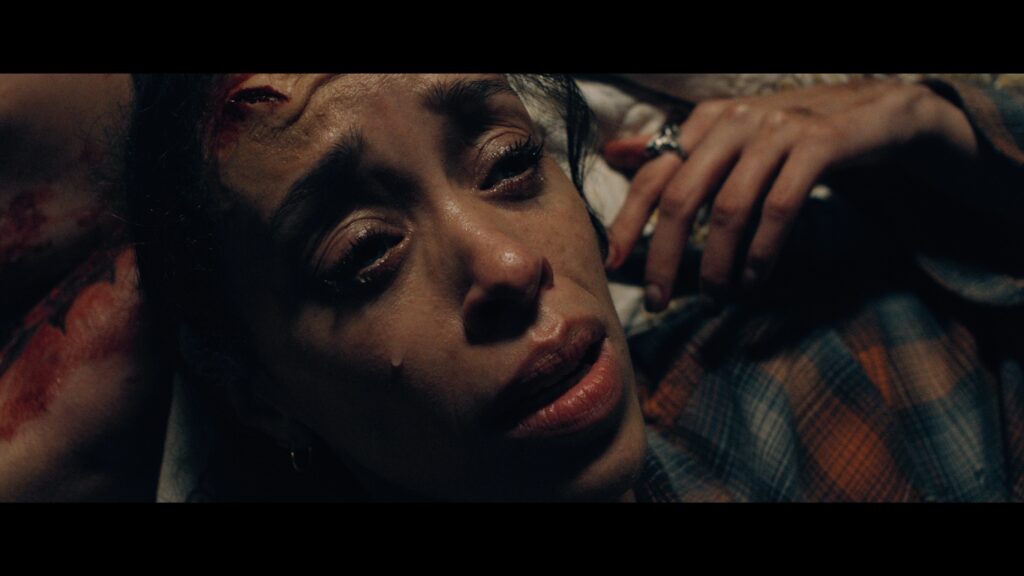Shanti Lowry’s Vision for Persona: A Symphony of Emotion and Visual Storytelling
Shanti Lowry’s creative journey in Persona is a testament to her roots in the music video industry and her daring approach to storytelling. Beginning as a dancer in a world where bold visuals and kinetic energy reigned supreme, Shanti learned early on how to weave movement and emotion into compelling narratives. This formative experience became the backbone of her storytelling style—a style that shines vibrantly in Persona.
“When I came into this project,” Shanti recalls, “I knew I wanted it to feel alive, like the story was pulsing under your skin. My time in the music video world taught me that ‘music video directors’ know to capture raw intensity while still making it visually beautiful.”
This ethos shaped Persona into more than just a film—it became an arresting visual and emotional experience.
Persona is available on Apple TV+, Prime Video, Google Play, and Fandango Vudu.
Reimagining Cinema Through Music Video Energy
Collaborating with Director Mike Ho and Cinematographer Anthony Kimata, known for their groundbreaking music video techniques, together they all brought a kinetic edge to the traditionally static world of feature filmmaking.
“I come from the music video world as a dancer,” Shanti shares. “What always amazed me was the sheer creativity—the tricks, the angles, the relentless innovation. They’re unafraid to push boundaries, and I wanted that same energy in Persona.”
This inspiration manifested in a film that fuses high-impact visuals with profound emotional depth. Every frame of Persona feels alive, designed to grip the audience and never let go.

A Gritty Vision: Beauty in the Chaos
At the heart of Persona lies a stark, confined environment—dirty, gritty, and brimming with tension. For Shanti, this setting wasn’t a limitation but an opportunity. “The last thing I wanted was a static camera that just watches the discomfort,” she explains. “The film needed to move. It needed to breathe.”
Drawing inspiration from music videos like Eminem and Rihanna’s Love the Way You Lie, Shanti sought to create a visual language that juxtaposed beauty and chaos. “That video lives in a space of rawness—it’s poverty, it’s trauma, it’s fire—and yet, it’s undeniably beautiful,” she says. This duality became central to Persona, allowing audiences to feel the weight of the story while still finding space for reflection.
The Power of Perspective: Shanti’s Lens
Shanti’s talent for seeing potential where others see ruin played a pivotal role in shaping Persona’s aesthetic. “I’m very visual,” she says. “I’ll look at a dilapidated house and see a story, a texture that others might miss.”
This instinctive eye for detail enabled her to help craft a setting that was both oppressive and captivating. Working closely with Anthony Kimada, Shanti encouraged the use of interesting techniques like the “sheer pane of glass” effect to immerse viewers in the narrative while maintaining a necessary emotional distance. This balance allowed the film’s intensity to resonate without overwhelming.

A Story Rooted in Identity and Healing
Persona is more than a visual triumph; it is deeply personal. For Shanti, the story’s exploration of identity struck a chord. “This character meant so much to me,” she reflects. “She doesn’t know who she is—and that’s such a universal truth. So many of us are on that same journey.”
Shanti’s connection to the character wasn’t just intellectual; it was deeply emotional. “I loved her with such sadness,” she says. “She’s been through so much, and I wanted her humanity to shine through every frame—so that anyone watching, anyone who’s ever felt lost, could see themselves and feel understood.”

Amplifying Voices: Themes of Sisterhood and Trust
Beyond the character’s journey, Persona serves as a vessel for larger conversations about sisterhood, healing, and connection. “If we can tell this story truthfully,” Shanti says, “maybe we can all start to heal—especially as women.”
This sense of sisterhood permeates the film. Shanti envisioned it as a call to action: to believe women, to support them, and to find strength in shared experiences. “That’s what this movie is about for me,” she explains. “It’s about building a world where women can trust one another, even in the face of unimaginable pain.”

The Gray Areas of Humanity
Persona also delves into complex societal issues, particularly the intersection of victimhood and perpetration. “There’s a sliding scale of trauma,” Shanti says. “Especially in cases of trafficking, victims can become complicit. It’s a conversation we need to have.”
Through her character, Shanti challenges the audience to confront these gray areas. By highlighting the cyclical nature of trauma, she encourages viewers to move beyond simplistic narratives and consider the forces that shape human behavior.
A Role That Redefines Limits
For Shanti, portraying this character was a leap into uncharted territory—a departure from the roles she had played before. “This was my chance to strip away everything polished and lean into raw humanity,” she explains. “I wanted this character to be messy, flawed, real.”

Her portrayal is a fearless exploration of trauma, resilience, and self-discovery. By embracing the character’s vulnerabilities, Shanti offers a mirror to audiences—a chance to see themselves, flaws and all, and find strength in that reflection.
Intentionality at the Core
At its heart, Persona is a reflection of Shanti’s guiding philosophy: intentionality. “Whatever you do, do it with purpose,” she says. “This film is a love letter to that idea.”
From its innovative visuals to its deeply human story, every element of Persona is infused with Shanti’s commitment to authenticity. It’s not just a film; it’s an experience—a bold declaration of the power of art to heal, connect, and inspire.

A Transformative Experience
In Persona, Shanti Lowry has created something extraordinary: a film that captivates with its beauty, challenges with its complexity, and resonates with its truth. It’s a testament to her artistry and a powerful reminder of the stories we can tell when we dare to be intentional. As the credits roll, Persona leaves its audience with more than just a story—it leaves them with a sense of connection, a spark of understanding, and a glimpse of the profound strength that lies within us all.






